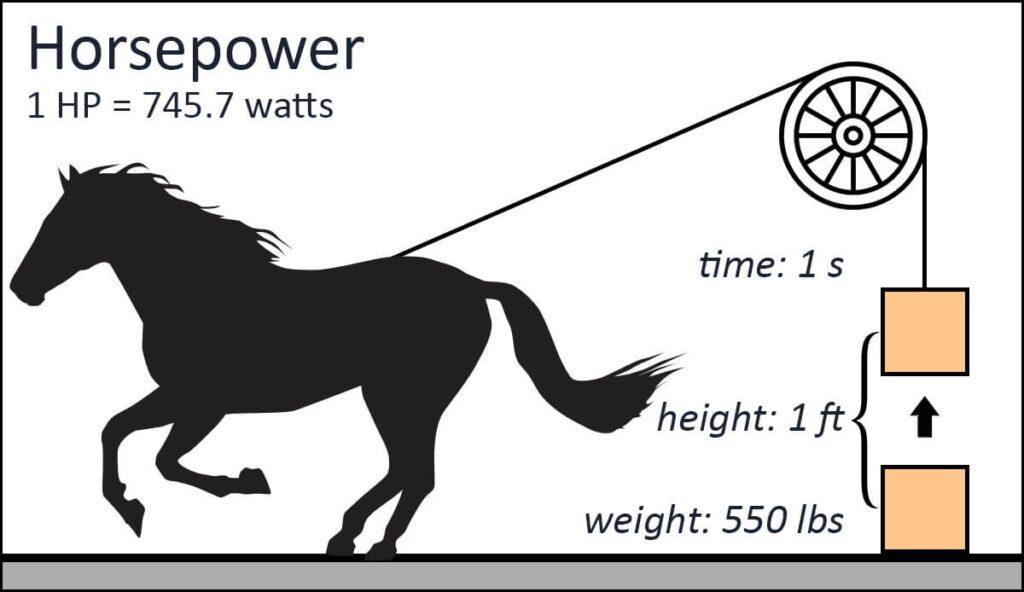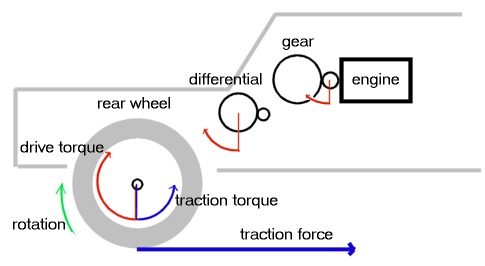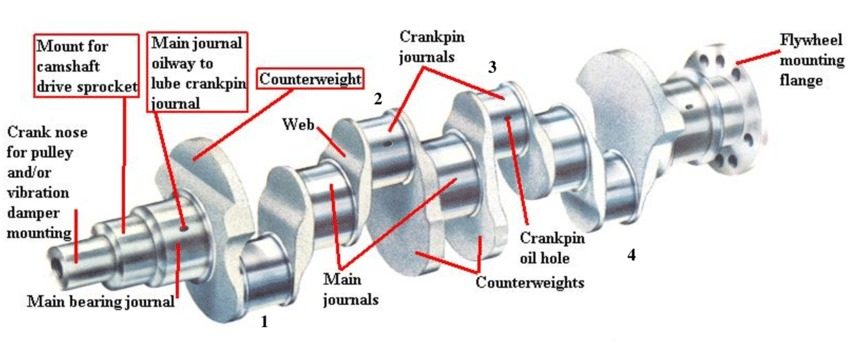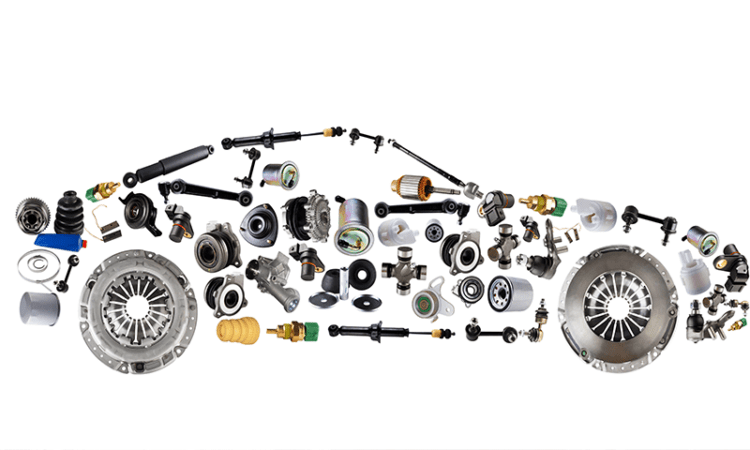Your dream of buying a car can get the best possible start when you decide on the models you’re most interested in. Thus, turning a blind eye to car terminologies might imply, you’re indifferent to the details of your first ride baby.
At times, reading the brochure might not be enough to understand your car well. So, we’re here to create a superb connection between you and your car. Let’s begin the awareness journey.
Horsepower (hp)
Horsepower is basically the power produced by an engine. It is the measurement of how rapidly can a car’s engine works. In common terms, Horsepower is referred to as ‘hp,’ in its abbreviated form.
Usually, 120 to 300 hp is a fine amount of horsepower for a car.
In terms of a motorcycle, 80 to 100 hp is a good amount of hp for a 2-cylinder engine while for a 4-cylinder engine, 180 to 320 hp would be best for the acceleration it can reach.

Brake Horsepower (bhp)
Brake Horsepower is a car’s horsepower at its wheel. There is friction between the tire of a car and the road when the car hits the brake. Brake horsepower is the power lost due to that friction.
For general knowledge, a car’s bhp is always less than the car’s hp.
Torque
The torque is the rotational force of the car. A car’s torque means the load its engine can handle to generate the power needed to rotate the engine. Newton Meters (Nm) is a common unit in which torque is measured. Similarly, pound(lb) per foot (ft), or simply lbft is also a well-known unit of torque measurement.

Curb Weight
The car’s weight when no person is seated inside or when it comprises no outside weight. For the weight to be “curb” weight or “kerb” weight, the car must have all the necessary fluids including a tank full of fuel, oil, coolant, and other types of equipment that come with the standard of the car.
ABS
If you’ve ever made a glimpse into or compared the specific details of the vehicles, you must have heard of the term ABS. ABS stands for Anti-lock Braking System. When the driver suddenly presses the brake to prevent the collision, there is a high chance the car gets out of control or slides. In such a situation, the ABS gets triggered magnetically.
After the speed sensors detect the speed of the rotating wheel, the valves control and release the brake pressure. The valve assumes 3 situations or positions the car might be in. Then, the pump applies pressure to the brake drums and which are then filled with hydraulic oil. Finally, the controller is able to control the pumping of the brake after taking data from the sensors. The controller is equipped with the Electronic Control Unit (ECU) which is considered the brain of ABS.
Thus, in any vehicle, ABS restores the traction of a car whenever the sensor detects skidding after the brake is pushed.
Taking a look at history, an ABS was first tested on trains and aircraft during the 1950s. Later, cars, motorcycles, and all sorts of vehicles adapted it into their system for safety. As of the present day, other emergency braking systems like cadence braking and threshold braking have been ousted due to the high productivity of the Anti-lock Braking System.
Drag Coefficient
A Drag Coefficient is simply a number consisting of no dimension which is used to determine the value of the resistance of an object moving through a fluid. It is the quantification of the aerodynamics of the vehicle.
In a vehicle, the thrust lets the automobile move forward while the drag holds it back and the lift keeps it moving in the air. The drag coefficient is derived by measuring the effect of air density, airspeed, drag, and the surface area exposed to these forces. Similarly, Aerodynamics studies the properties of a moving vehicle and its interaction with the air.
The lower the drag coefficient, the better the car’s aerodynamic performance. Meaning, if the drag coefficient of a vehicle is 0.25, its aerodynamic performance is considered better than the vehicle that has a drag coefficient of 0.3.
In its variable form, the drag coefficient is popularly referred to as Cd. The drag coefficient in most modern vehicles ranges from 0.25 to 0.35. However, in SUVs, the drag coefficient typically ranges from 0.35 to 0.45.
Internal Combustion Engine (ICE)
Internal Combustion Engine is used in natural fuel-based vehicles. Popularly known as ICE, most cars, buses, planes, trucks, and boats around the world except for the EVs, run on this engine. Combustion simply means burning, thus, in an ICEV, i.e. Internal Combustion Engine Vehicle, the fuel ignition occurs within the engine itself. With this, the engine partly transforms the energy from ignition to operation. And the engine comes to work.
Crankshaft
The crankshaft is an essential part of the Internal Combustion Engine, or call it the backbone. It converts the linear motion or the up and down motion, the cranks, to rotational motion. All in all the crankshaft is responsible for the proper operation of the engine by letting the piston’s reciprocating motion turn into rotational motion.

Mileage
Mileage is simply the term referring to the number of miles a vehicle can travel using a particular amount of fuel, or say, a liter of fuel. The fuel is usually petrol or diesel. On the flip side, for electric cars, kWh, i.e., the kilowatt hour is the measurement of mileage.
CC
CC means Cubic Centimeters or the Cubic Capacity of a vehicle’s engine. It refers to the size of the engine cylinder. CC can be called the calculation of the strength of a vehicle. The vehicles with higher CC are comparatively more powerful than the ones having lesser CC. Its calculation is in relation to Cylinder’s volume. A vehicle with higher CC requires a greater amount of fuel. The CC of a motorcycle ranges from 150 to 1500 while that of a car ranges between 800 to 6000.
Car Terminologies FAQs
Does higher CC mean better mileage?
No, higher CC does not lead the car to provide better mileage. In fact, higher CC means the vehicle is equipped with a larger cylinder, thus also requiring a higher amount of fuel to finish every stroke. Hence, higher CC is not actually good for better mileage.
Is hp the same as bhp?
No, Hp is the power produced by an engine while Bhp is the vehicle’s horsepower at its wheel. A car’s hp is always greater than its bhp.





